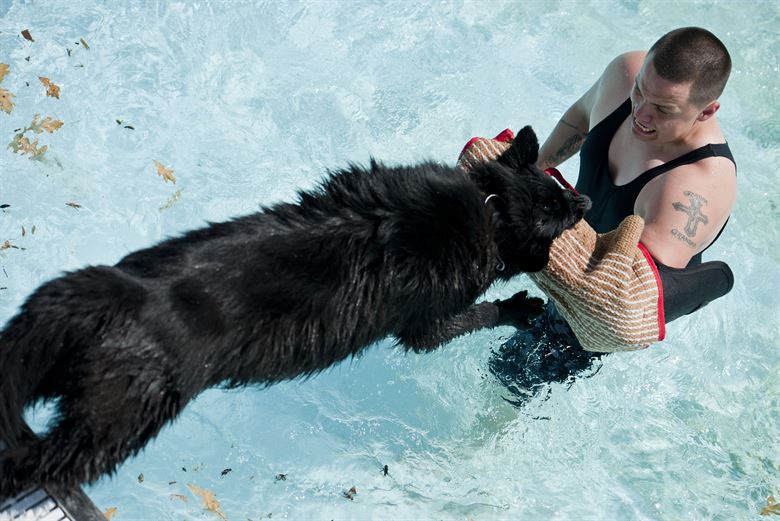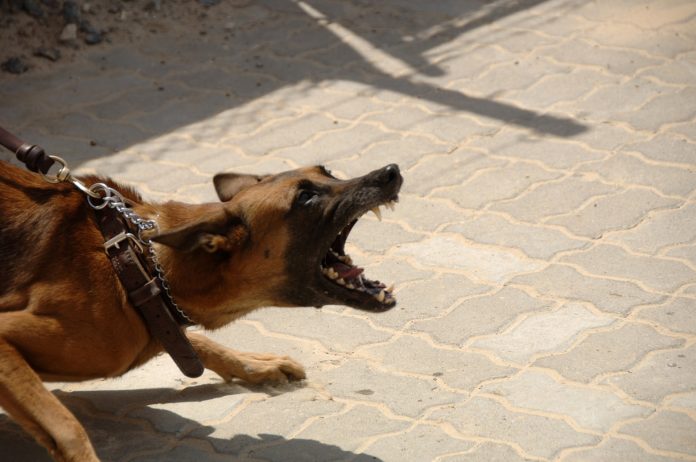India has the highest incidence and deaths in the world of rabies yet public awareness is poor. The recent death of a young boy in Mumbai showed it once more
Mr Roy, sitting in his posh Bandra apartment read the newspaper, his usual indignation directed towards the Indian doctors and healthcare system. The front pages screamed about the death of a young boy from rabies, who was supposedly denied admission in several Bombay hospitals.
So, what would he do if his son had rabies, thought Mr Roy. Quite a lot, as a matter of fact, and the most important aspect is prevention. India has one of the highest rates of rabies cases in the world. At least 20,000 people die each year of rabies in India. The unfortunate boy who died in Bombay that day was one of them. His death might have been averted if proper precautions had been taken on time.
A lowdown:
Knowing Rabies
First things first. Rabies is a killer disease- a disease almost 100 percent lethal worldwide. But it’s also a disease which is almost 100 percent preventable. This is how the World Health Organisation defines rabies. “Rabies is a vaccine-preventable viral disease which occurs in more than 150 countries and territories. Dogs are the main source of human rabies deaths, contributing up to 99% of all rabies transmissions to humans.” Most people know that rabies is caused by the bite of a rabid animal. However, it is not really the bite that causes the subsequent inflammation of the brain and the symptoms caused by it that are the most telltale signs of rabies. That is caused by a virus transmitted through the bite that causes rabies. Thus while a bite is necessary for rabies infection, not all bites lead to it. It is a necessary but not a sufficient cause for rabies infection.
Who can transmit rabies

Though dogs are the best known rabies culprits, in truth it can, at least in theory, be transmitted by a large number of species, including the ubiquitous – and cute – common squirrel. The virus is found in wild and some domestic animals, and is transmitted to other animals and to humans through their saliva (i.e. bites, scratches, licks on broken skin and mucous membrane). In urban areas though, the disease is mainly transmitted by dogs. In India, every animal bite is potentially suspected as a rabid animal bite and so steps need to be taken accordingly without losing any time. Treatment should be started immediately to ensure that the individual is immunized before the rabies virus reaches the nervous system. However, people who present for treatment even months after a possible rabies exposure should be evaluated and treated as if the event had occurred recently.
Though licks on intact skin can be considered not to be risky, nibbling of uncovered skin,scratches without bleeding, licks on broken skin, bites should be considered potentially harmful and treated appropriately. Although unvaccinated animals are more likely to transmit rabies, vaccinated animals can also do so if the vaccination of the biting animal was ineffective for any reason. A history of rabies vaccination in an animal is not always a guarantee that the biting animal is not rabid.
What to do after a bite
Whether a dog bite was provoked or unprovoked should not be considered a guarantee that the animal is not rabid as it can be difficult to understand what an attacking dog considers provocation for an attack. Treatment should be started immediately after the bite without getting into these debates. One should not waste time observing the health of the animal (cat or dog) for 10 days, and start vaccination at the earliest. The course for rabies vaccine should consist of intramuscular administration of five injections on days 0, 3, 7, 14 and 28. Day 0 indicates date of first injection. However, if the animal under observation remains well, the vaccination schedule can be tweaked by skipping the dose on day 14 and administering on day 28.
The observation period is valid for dogs and cats only. The natural history of rabies in mammals other than dogs or cats is not fully understood and therefore the 10-day observation period may not be applicable. Bite by all wild animals should be treated. It should be noted that bites by domestic rats, mice, squirrel, hare and rabbits seldom require treatment as per the guidelines issued by National Institute of Communicable diseases, India. Bat rabies has not been conclusively proved in India and hence exposure to bats does not warrant treatment. Pregnant or lactating women should not be denied vaccination as the vaccine does not have any harmful effect on the fetus or suckling infant.
Wash the wound
One of the mainstays of action against rabies is wound washing. Washing under running water with soap or detergent for at least ten minutes is as crucial as taking the anti rabies vaccine. Since the rabies virus can persist and even multiply at the site of bite for a long time, wound toilet must be performed even if the patient reports late. After thorough washing and drying the wound, any one of the available chemical agents should be applied viz Povidone iodine (Betadine), Alcohol, Chloroxylenol (Dettol), Chlorhexidine Gluconate and Cetrimide solution (Savlon). Persons who have previously been vaccinated may be bitten by animals again. They should get two doses of anti rabies vaccine and not be complacent in view of the protective effect of past courses of vaccination.



[…] over the world, rabies causes 59,000 deaths every year, that means one person every nine minutes. Most of the victims are […]